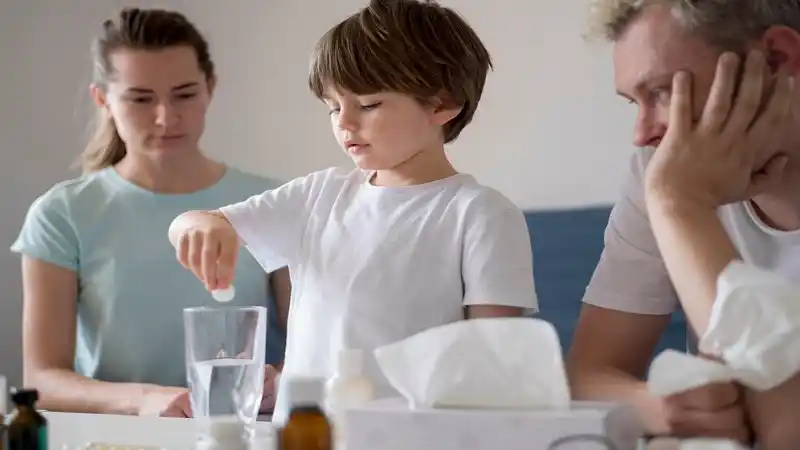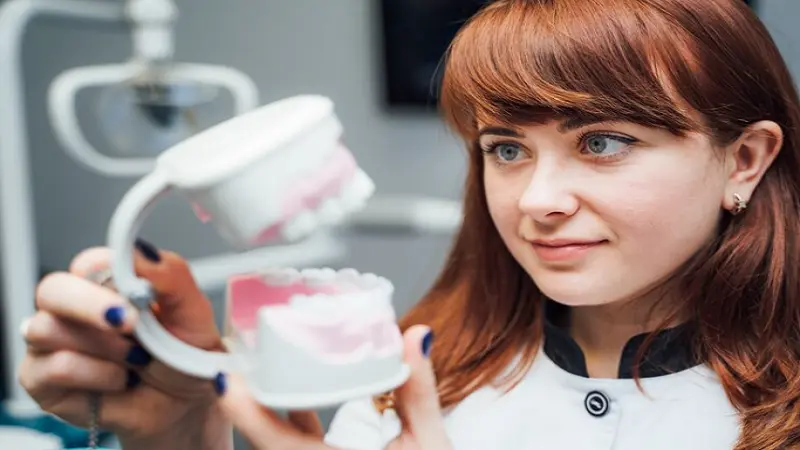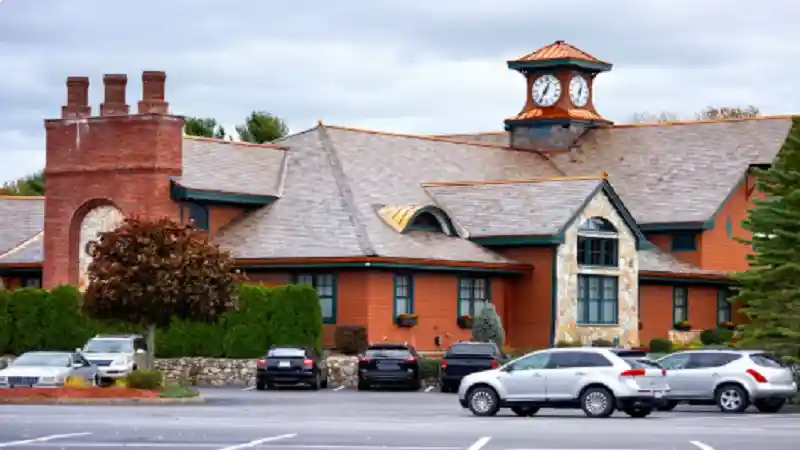Zydaisis disease is an emerging health concern that has captured the attention of medical professionals and patients alike. Though still under research, this disease—believed to be a complex autoimmune or infectious disorder—causes chronic inflammation, fatigue, joint pain, and various systemic symptoms. With limited awareness and ongoing scientific exploration, many people are asking the vital question: how can Zydaisis disease be cured?
This article explores current understanding, treatment options, and practical steps for managing and potentially curing Zydaisis disease. If you’re seeking clear, practical guidance grounded in trustworthiness, this guide is for you.
Understanding Zydaisis Disease
Before diving into the cure, it’s essential to understand what Zydaisis is. Though not yet widely recognized in standard medical texts, Zydaisis disease is described by many alternative and integrative medicine practitioners as a chronic inflammatory condition that may stem from a mix of genetic, environmental, and lifestyle triggers.
Common Symptoms:
-
Persistent fatigue
-
Joint stiffness and pain
-
Brain fog or cognitive difficulties
-
Gastrointestinal issues
-
Skin rashes or sensitivity
-
Immune dysregulation
While the medical community is still unraveling the precise cause, many agree that its symptoms overlap with autoimmune conditions, chronic Lyme disease, and long-term COVID-19.
How Can Zydaisis Disease Be Cured?
There is currently no single universally accepted cure for Zydaisis disease, but many patients report significant improvements—and even complete remission—through a multi-pronged, holistic approach. Let’s break down practical steps for managing and potentially curing this disease.
1. Accurate Diagnosis and Monitoring
Start With a Specialist
Because Zydaisis symptoms mimic many other conditions, it’s critical to see a healthcare provider familiar with autoimmune or inflammatory diseases. Functional medicine doctors and integrative health practitioners may be more familiar with Zydaisis-like syndromes.
Recommended Tests:
-
Comprehensive blood panels
-
Autoimmune screening
-
Food sensitivity tests
-
Gut microbiome analysis
-
Heavy metal or toxin testing
Accurate diagnosis allows for a targeted, personalized treatment plan.
2. Anti-Inflammatory Diet
Diet plays a central role in reducing inflammation and supporting the immune system. Many people with Zydaisis find relief by eliminating inflammatory foods and emphasizing healing nutrients.
Foods to Avoid:
-
Processed sugar
-
Refined carbs
-
Gluten and dairy (if sensitive)
-
Artificial additives
-
Industrial seed oils
Foods to Embrace:
-
Leafy greens and colorful vegetables
-
Wild-caught fish (rich in omega-3s)
-
Berries and antioxidant-rich fruits
-
Bone broth
-
Fermented foods (if tolerated)
-
Turmeric, ginger, and other anti-inflammatory spices
The Autoimmune Protocol (AIP) or Paleo diet may be effective starting points.
3. Gut Health Restoration
Many researchers believe leaky gut syndrome and gut dysbiosis play a major role in Zydaisis disease. Healing the gut can lower systemic inflammation and improve immune regulation.
Steps to Restore Gut Health:
-
Take high-quality probiotics and prebiotics
-
Incorporate digestive enzymes
-
Avoid antibiotics and NSAIDs unless necessary
-
Eat fiber-rich and fermented foods
-
Consider a candida cleanse or parasite detox if indicated
Working with a practitioner who can analyze your microbiome can be a game-changer.
4. Targeted Supplementation
Supplements can fill nutritional gaps and help regulate immune function. However, always consult a qualified practitioner before starting any new regimen.
Commonly Recommended Supplements:
-
Vitamin D3 + K2: Essential for immune regulation
-
Omega-3 fatty acids: Reduce inflammation
-
Curcumin: Active compound in turmeric
-
Magnesium: Supports over 300 bodily functions
-
Zinc: Helps immune response
-
L-glutamine: Heals gut lining
-
N-acetylcysteine (NAC): Detoxification support
Customized supplement protocols may be necessary depending on your test results.
5. Detoxification Support
Zydaisis disease may be linked to an overload of environmental toxins, heavy metals, or mold exposure. Supporting your body’s detox pathways can accelerate healing.
Practical Detox Steps:
-
Stay hydrated with filtered water
-
Sweat regularly (sauna, exercise)
-
Dry brushing and Epsom salt baths
-
Take liver-supportive herbs (like milk thistle)
-
Minimize exposure to plastics, mold, and pesticides
In severe cases, chelation therapy or binders (e.g., activated charcoal) may be recommended under supervision.
6. Stress Management & Mind-Body Practices
Chronic stress is a major contributor to immune dysfunction. Managing mental and emotional stress is crucial in reversing chronic illness.
Helpful Practices:
-
Meditation and deep breathing
-
Yoga or tai chi
-
Journaling and expressive writing
-
Cognitive Behavioral Therapy (CBT)
-
Spending time in nature
-
Mindfulness-based stress reduction (MBSR)
Even 10 minutes a day of focused stress relief can lead to noticeable improvements.
7. Gentle Physical Activity
While intense exercise may worsen symptoms, gentle movement helps circulate lymph, boost energy, and support detoxification.
Recommended Activities:
-
Walking in nature
-
Stretching or Pilates
-
Swimming
-
Rebounding (mini-trampoline)
-
Light resistance training (as tolerated)
Always listen to your body. Pushing too hard can lead to post-exertional malaise.
8. Sleep Optimization
Rest is essential for healing. Poor sleep can worsen inflammation and immune dysfunction.
Sleep Tips:
-
Maintain a consistent sleep schedule
-
Avoid screens an hour before bed
-
Keep your bedroom dark and cool
-
Try herbal sleep aids like chamomile, valerian root, or magnesium
-
Consider a sleep study if you suspect apnea or insomnia
Aim for 7–9 hours of high-quality sleep per night.
9. Emerging Therapies and Professional Interventions
While lifestyle changes form the foundation, some patients pursue additional treatments with medical supervision.
Potential Options:
-
Low-dose Naltrexone (LDN): Modulates immune response
-
Ozone therapy
-
Peptide therapy
-
Stem cell therapy
-
IV nutrient therapy
-
Hyperbaric oxygen therapy
These therapies are still considered experimental in some regions but may be worth exploring if conventional treatments don’t help.
10. Building a Support System
Healing from a chronic illness like Zydaisis requires emotional support. Don’t go through it alone.
Consider:
-
Joining online or local support groups
-
Partnering with a health coach
-
Educating family and friends
-
Celebrating small wins along your journey
A supportive community can uplift your mental health and keep you motivated.
Final Thoughts: Can Zydaisis Disease Be Cured?
So, how can Zydaisis disease be cured? The answer lies not in a single pill, but in a comprehensive, individualized approach that targets root causes—ranging from gut health to stress to environmental toxins.
While a full cure may not be universally guaranteed yet, many patients experience significant improvements—and even complete recovery—through holistic care. As research continues to evolve, the outlook for Zydaisis disease patients is becoming increasingly hopeful.
Read the full details about: Travel Besto











